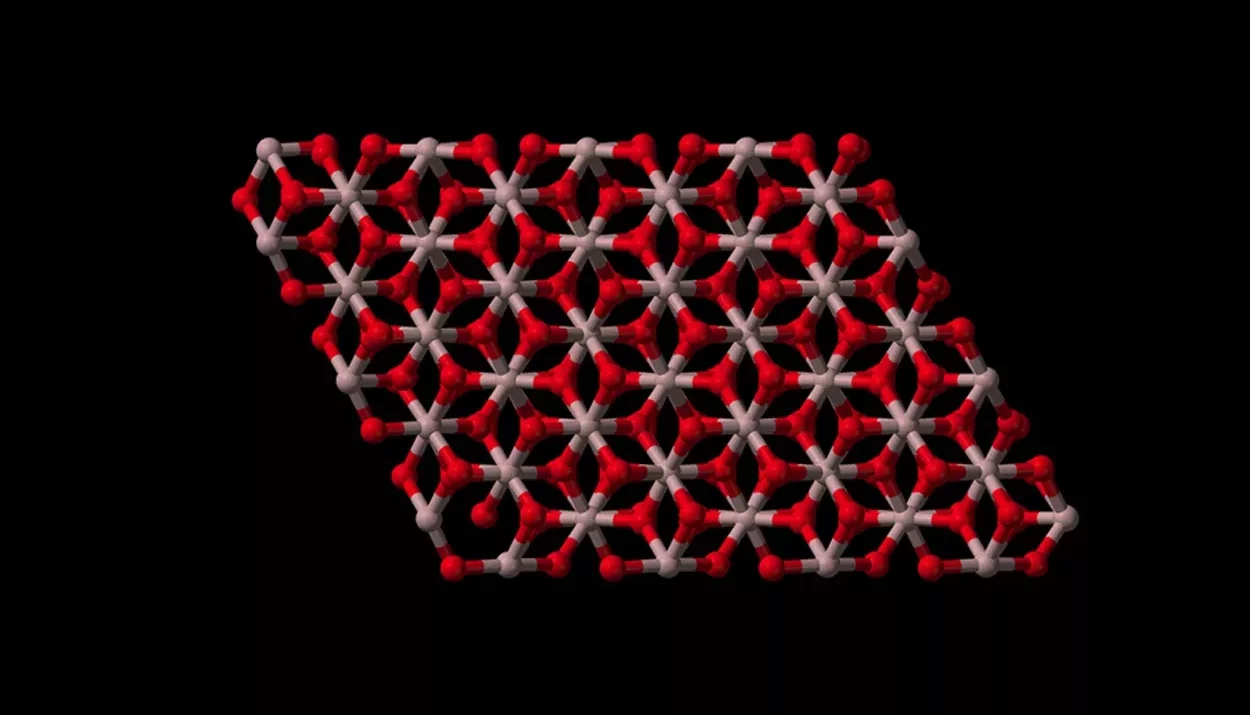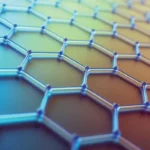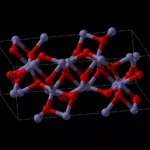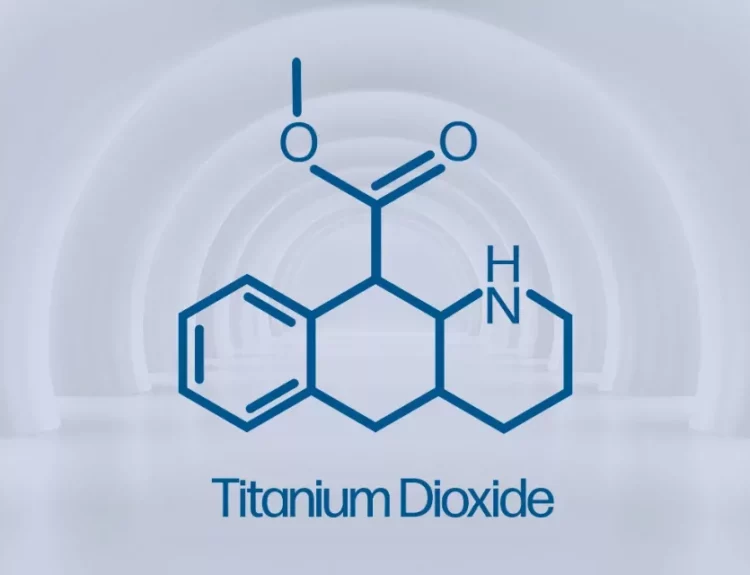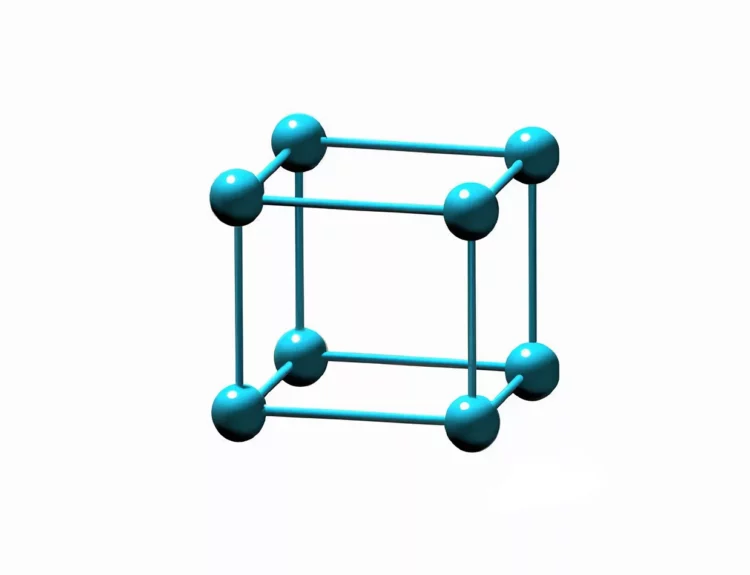Nanotechnology is all about tiny things; when we talk about little, we mean small. Imagine something so minuscule that you can’t even see it with your naked eye. That’s where nanoparticles come into play, and today, we’re going to delve into the fascinating world of aluminum oxide nanoparticles, those little marvels that are changing the way we think about materials.
What Are Aluminium Oxide Nanoparticles?
Let’s break it down. Aluminium oxide is a compound made up of aluminum and oxygen. You might be familiar with it in its more extensive forms, like sapphires or rubies, which are precious gemstones made of aluminum oxide. But when we shrink it to the nanoscale, we get aluminum oxide nanoparticles, like the tiny building blocks of the material world.
These nanoparticles are so small that they measure between 1 and 100 nanometers. Human hair is about 50,000 times thicker than a typical aluminum oxide nanoparticle. It’s like comparing a skyscraper to a grain of sand!
Why Are They Special?
Now, what’s the big deal about these super-small particles? Their small size is their superpower. When materials are broken down into nanoparticles, they often exhibit unique properties and behaviors different from their larger counterparts.
- High Surface Area: Aluminium oxide nanoparticles have a massive surface area compared to their volume. This means they can interact with other substances more effectively. Scientists and engineers can use this property for various purposes, like making better catalysts for chemical reactions.
- Enhanced Strength: These nanoparticles are incredibly strong despite their tiny size. They can reinforce materials like plastics, making them tougher and more durable.
- Versatility: Aluminium oxide nanoparticles can be used in various applications, from electronics to medicine. They can act as heat-resistant coatings, drug delivery vehicles, and even in environmental cleanup.
Real-World Applications
- Here are some real-world examples of how aluminum oxide nanoparticles are making a significant impact:
- Advanced Electronics: These nanoparticles make smaller, more powerful electronic devices like super-efficient batteries and high-performance computer chips.
- Medicine: They’re used in drug delivery systems to precisely target and treat diseases, reducing side effects and improving patient outcomes.
- Aerospace: Aluminium oxide nanoparticles can reinforce materials used in aircraft, making them lighter and stronger, which means better fuel efficiency and safety.
- Environmental Cleanup: They can be used to remove pollutants from water and air. Their high surface area makes them excellent at adsorbing and breaking down harmful substances.
Safety Concerns
While aluminum oxide nanoparticles offer great potential, scientists are also cautious about their safety. Because of their tiny size, they can enter the body more easily and potentially cause health issues if not handled properly. Researchers actively study their effects to ensure they’re used safely in various applications.
Conclusion
Aluminium oxide nanoparticles are like the superheroes of the nanoworld. They might be small, but their potential to revolutionize industries, improve technology, and improve our lives is enormous. As scientists continue to unlock their secrets, we can look forward to a future where these tiny particles significantly impact our world. So, the next time you see something small, remember that even the tiniest things can have the most significant potential!


